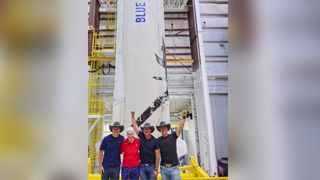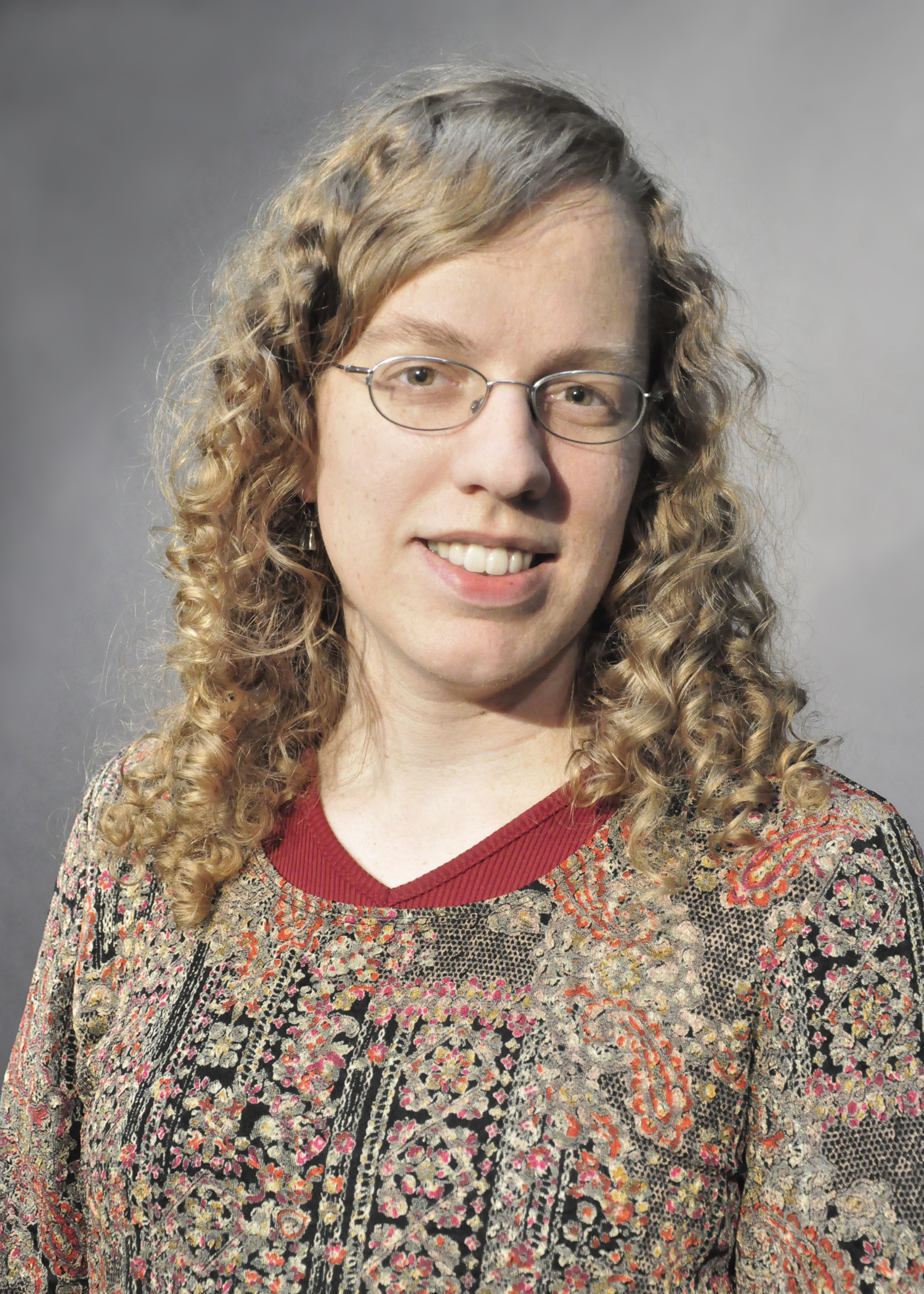Here's how Blue Origin trained Jeff Bezos and his crew for an 11-minute launch into space
When Jeff Bezos, the billionaire founder of Blue Origin, launches into space on his company's suborbital New Shepard rocket on Tuesday (July 20), and and his three crewmates will rely on just over a dozen hours of flight training.
Bezos, his brother Mark, Mercury 13 aviator Wally Funk and 18-year-old physics student Oliver Daemen are expected to make the first crewed flight aboard New Shepard Tuesday (July 20). From liftoff to landing, the suborbital flight should last 11 minutes and give the quartet at least three minutes of weightlessness before returning to Earth.
The flight crew, all first-time spaceflyers, received 14 hours of training over two days to be compliant with Federal Aviation Administration (FAA) regulations, Blue Origin lead flight director Steve Lanius said during a press conference Sunday (July 18). That training began on Sunday and was expected to conclude today, he added.
You can watch Blue Origin's historic first astronaut launch here and on BlueOrigin.com. The webcast will begin at 7:30 a.m. EDT (1130 GMT), with launch set for 9 a.m. EDT (1300 GMT).
Related: How to watch Blue Origin launch Jeff Bezos into space on July 20
Live updates: Blue Origin's first astronaut launch updates

"Our training is comprehensive and gets crew prepped for everything they need to know about the vehicle," Lanius said.
Blue Origin's crew, which will spend 11 minutes in flight, received training in how to use the capsule for nominal, "off nominal" and emergency procedures, including common problems that professional astronauts are trained for like fire response, emergency mask usage, and exiting the spacecraft in a hurry on the pad.
Sign up for the Live Science daily newsletter now
Get the world’s most fascinating discoveries delivered straight to your inbox.
"The training culminates in mission rehearsals covering five different scenarios and a final exam," Lanius added. Final approval and "go" for launch was expected to happen for this crew on Monday (July 19).
Aside from Mercury 13 aviator Wally Funk, the crew members have little direct flight experience to prepare them for spaceflight. By comparison, a typical NASA astronaut (who is often drawn from a pool of applicants with extensive career experience in isolated or dangerous environments) receives two years of "astronaut candidacy" training before being certified for a future spaceflight.
Related: 'Mercury 13' pilot Wally Funk carrying 60 years of history to space on Blue Origin flight
Once they are assigned to a flight, usually a NASA astronaut will train for anywhere from a few months to several years for their mission, depending on its length and complexity. For example, a typical ISS crew spends around two years in training to prepare for six months in space.
But there are other parts of the NASA experience that Blue Origin space tourists will get to have in part, such as bonding with their crewmates at an "astronaut village". That in small measure replicates the tight quarters and training under which professional astronauts get to know their crewmates ahead of going to space.
A Blue Origin trainer — dubbed "Crew Member Seven," as a full complement of New Shepard tourists will be six people per flight — will help the tourists feel comfortable with the experience during their orientation, said Ariane Cornell, Blue Origin's director of astronaut and orbital sales, in the same press conference.
Related: Blue Origin's launch with Jeff Bezos: Everything you need to know
"There's the classroom component, [and] they will also be working in a simulator that we have in our astronaut training center," she said.
"Then they'll also be going out to the pad. We want to make sure that our astronauts feel acclimated, not only with the capsule itself, but with the facilities here at our Launch Site One, as well as with the broader team."
Speaking of the ground team, training also took place for ground procedures, as Blue Origin learned how to operate New Shepard in space during 15 previous uncrewed missions, some of which flew payloads into space, Blue Origin CEO Robert Smith said in the press conference.
He pointed out that the ground capability is crucial because the flight crew are all non-professional astronauts.
"We learned how to make a vehicle safe enough that we'd be willing to put our own loved ones on it, and send them to space," he said. "Those capabilities will be applied to all that we do."
Follow Elizabeth Howell on Twitter @howellspace. Follow us on Twitter @Spacedotcom and on Facebook.


